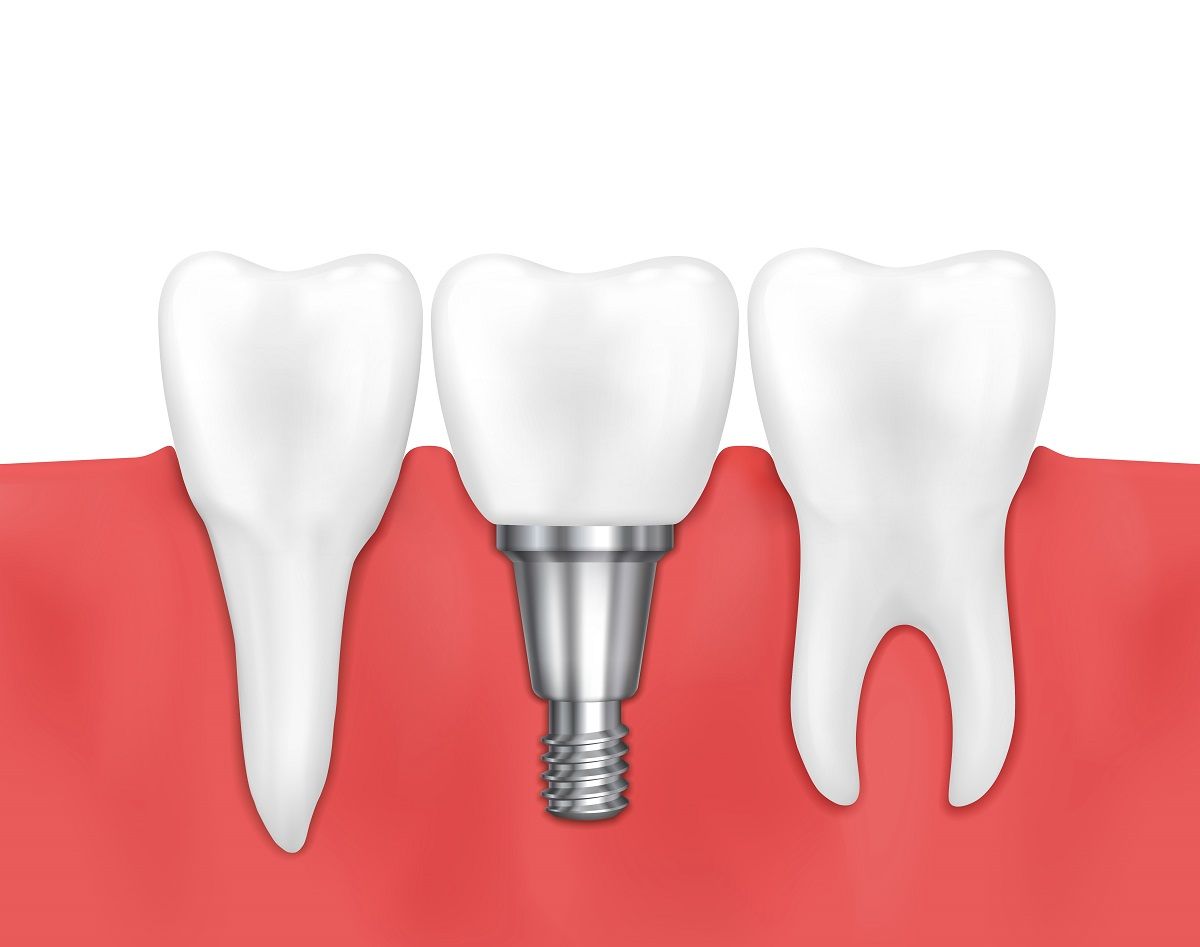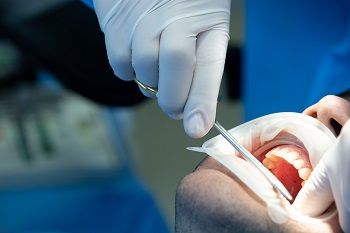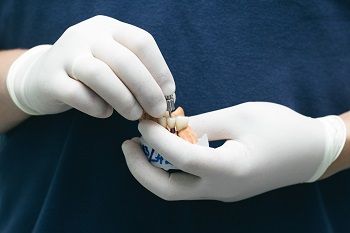

What are Endosteal dental implants?
Endosteal implants are dental implants placed in your jawbone to act as an artificial root for a replacement tooth. Dentists typically use dental implants to replace missing teeth.
The most common type of implant is an endosteal implant. You should know about obtaining this implant and whether you qualify.
Who is the candidate for endosteal dental implants?
Your dentist or oral surgeon will recommend endosteal implants if they are the best option for you. In addition to a lost tooth — or teeth — crucial criteria you should meet include:
- Good overall health
- Good dental health
- Gum tissue that is healthy (no periodontal disease)
- A fully developed jawbone
- Adequate bone in your jaw
- An inability or inclination to wear dentures
- You avoid using tobacco products
Most importantly, you must be willing to commit to several weeks or months of healing and wait for new bone growth in your jaw to complete the entire process.
If your dentist does not think endosteal implants are ideal for you, they may suggest alternatives, such as:
- Subperiosteal implants: Implants are put on or above the jawbone rather than within it.
- Augmentation of the bones: This entails employing bone supplements and growth hormones to increase or restore bone in your jaw.
- Ridge growth: Your oral surgeon fills a little ridge produced along the top of your jaw with bone transplant material.
- Augmentation of the sinuses: Oral surgeons achieve a sinus elevation or sinus lift by inserting bone beneath the sinus.
Bone augmentation, ridge expansion, and sinus augmentation are techniques for increasing the size or strength of the jawbone to accommodate endosteal implants.

Endosteal vs. Subperiosteal Dental Implants
Endosteal and subperiosteal dental implants are the most used types:
- Endosteal: They are often made of titanium and are the most commonly used dental implants. They are typically shaped like little screws and are inserted into the jawbone. To retain the replacement tooth, they protrude into the gum.
- Subperiosteal: Your dentist may recommend subperiosteal implants if you require dental implants but do not have enough healthy jawbones to support them. These implants are put on or above the jawbone and beneath the gum, allowing the replacement tooth to protrude.
The Endosteal Dental Implant Procedure
Of course, the first step is for your dentist to decide whether you are a good candidate. A dental surgeon must confirm the diagnosis and recommend therapy.
Moreover, you will review the entire procedure during these meetings, including cost and time commitments.
Implant Placement
After numbing the area, your oral surgeon will cut your gum to expose your jawbone during your initial surgery. Your gum will close around the post. The endosteal post will next be implanted deep into the bone through holes drilled in the bone.
You can expect the following after surgery:
- Swelling (face and gums)
- Bruising (skin and gums)
- Discomfort
- Bleeding
Furthermore, your dentist will give you guidelines for proper aftercare and dental hygiene during recovery. Your dentist may also prescribe antibiotics and pain relievers. Moreover, your dentist may also advise you to eat only soft foods for roughly a week.
Osseointegration
Osseointegration is the process through which your jawbone grows into the implant. It will take time (about 2 to 6 months) for that growth to mature into the firm foundation required for the new, artificial tooth or teeth.
New Teeth
When your gums have healed two weeks after abutment installation, your dentist will take impressions for the crown. The final artificial tooth might be removable or fixed depending on personal taste.
Abutment Placement
The abutment is the part of the implant that protrudes above the gum line. Your oral surgeon will fix the crown (your natural-looking artificial tooth) in the abutment. When ossification is complete, your dentist will reopen your gums and attach the abutment to the implant.
In some cases, oral surgeons attach the abutment to the post during the first process, removing the need for the second. However, you and your oral surgeon can determine which option is best for you.

What are the benefits of endosteal dental implants?
Endosteal implants provide several significant advantages, including:
- Endosteal implants are more secure than other types of implants. These are capable of securely anchoring the implant into the underlying bone.
- These implants are less likely to fail.
- Endosteal implants have a longer lifespan than other implants if you care for them properly.
- Because endosteal implants are the most prevalent form of implant, many dentists have substantial experience with their insertion and management.
- Endosteal implants allow the surrounding bone to recover, allowing the bone to be anchored in place. As a result, it reduces bone resorption and enhances bone density.
Conclusion
Dental implants are an alternative to dentures and bridges for some people. The endosteal implant is the most common dental implant that dentists recommend. However, receiving implants takes several months and one or two oral operations.
Endosteal implants require good dental health (including healthy gum tissue) and enough strong bone in your jaw to hold the implants adequately.
Contact your Lafayette dentist, Dr. Massood Darvishzadeh, DDS at Lafayette Dental Group, to know more about Endosteal dental implants.
Resource:
Pros & Cons of Dental Implants
*This media/content or any other on this website does not prescribe, recommend, or prevent any treatment or procedure. Therefore, we highly recommend that you get the advice of a qualified dentist or other medical practitioners regarding your specific dental condition*
Services
Contact Us
3466 Mt Diablo Blvd., Suite C207
Lafayette, CA 94549
2025 © Lafayette Dental Group | All rights reserved | Powered by: Vigorant, Inc.
